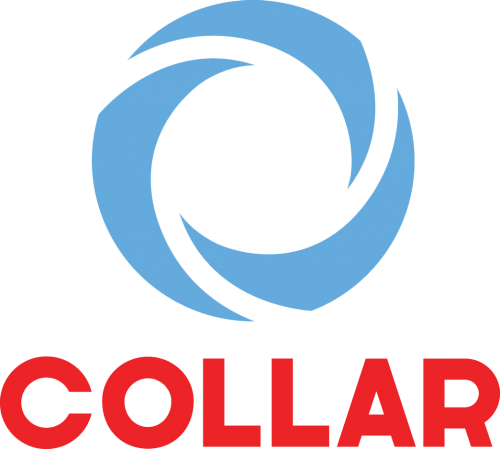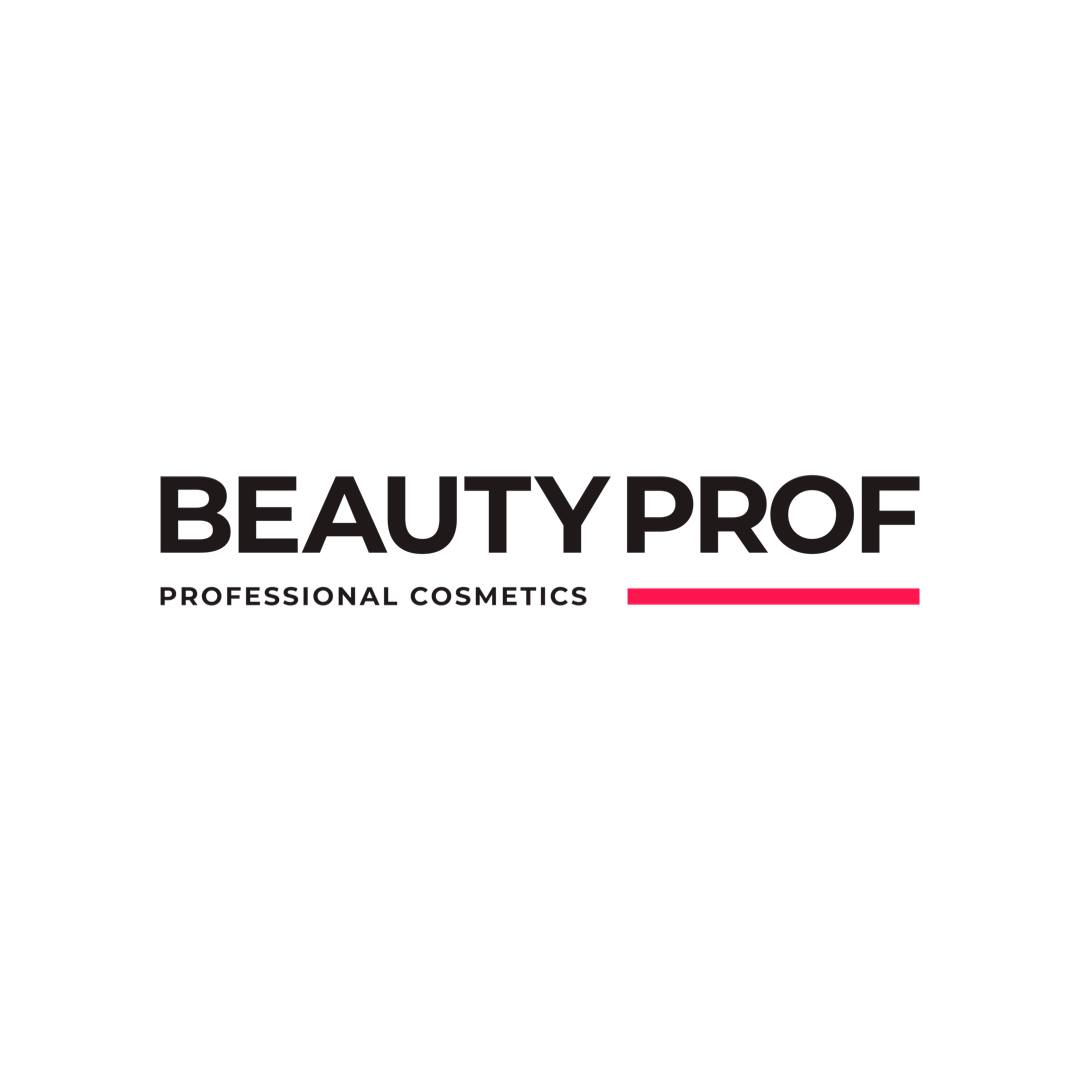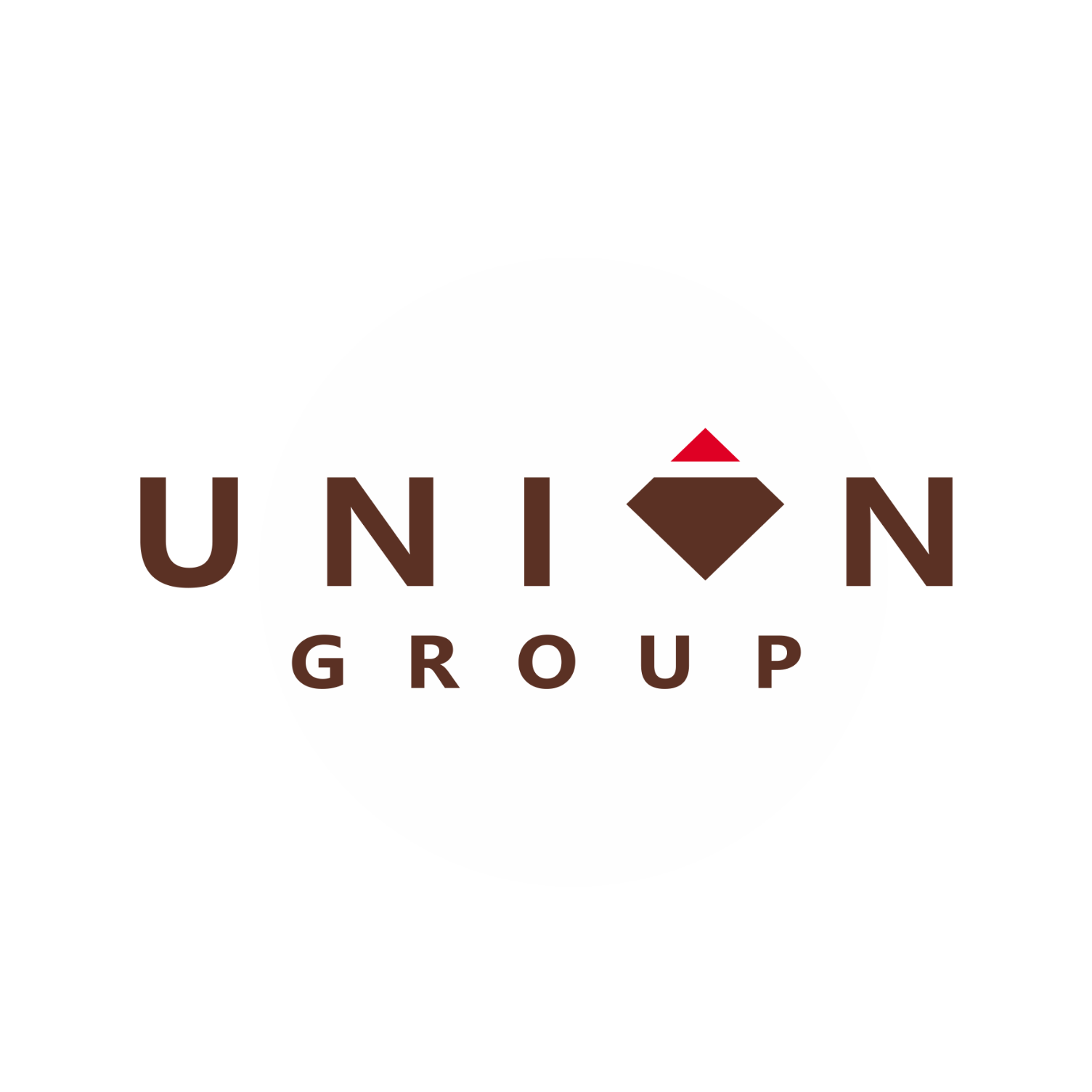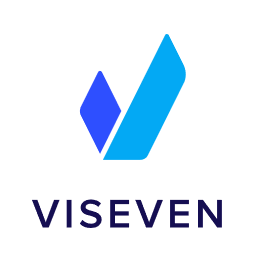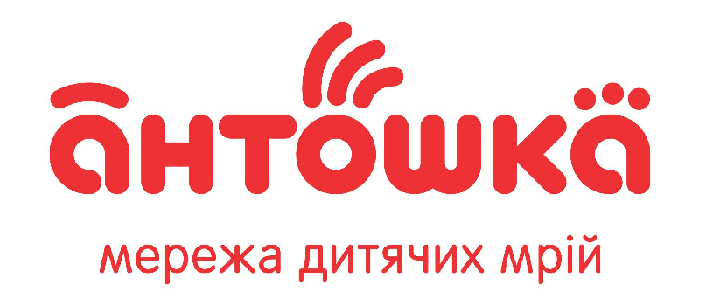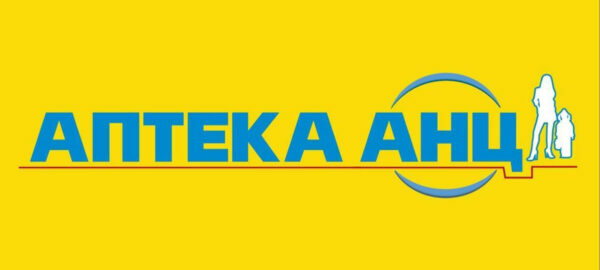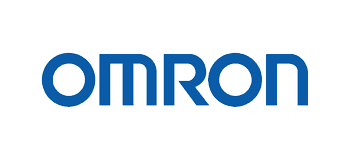
LMS, LXP, LRS – how do they differ and what are they used for?
LMS, LXP, LRS are three acronyms that are often used in the corporate training industry. They sound similar, so it’s easy to get confused, especially when each system has its own purpose and functions.
In this article, we will explain in simple terms what each of these systems means, how they differ from each other, and how they interact within the learning ecosystem. We will be assisted by Ihor Bekh, Head of L&D at Innovecs, who has extensive experience in implementing digital solutions in education.
Together with Ihor, we will not only explain what LMS, LXP, and LRS are, but also share examples from practice – when which system is needed, how to combine them, and what value they bring to the business.
What is LMS – Learning Management System
A Learning Management System (LMS) is a system that helps organize, conduct, and monitor training in a company.
In simple terms, an LMS is your company’s “corporate e-university”. It has “teachers” (HR, L&D, internal experts), ‘students’ (employees), curricula, and even “exams” with grades. It is a centralized environment where all learning materials are stored, courses are assigned, progress is tracked, and results are recorded.
The LMS provides a full cycle of learning management – from content creation to analyzing the results. The LMS allows not only to run mandatory programs but also to personalize training according to the role, department, level of knowledge, or individual development plan of the employee.
Another advantage is gamification. The system can award points, issue badges and certificates, and create ratings and leaderboards. This motivates employees to actively engage in the process and maintain interest in learning.
With an LMS, HR and L&D teams can:
- Create and download training courses.
- Organize study groups and schedule training.
- Monitor the training of employees.
- Conduct testing, evaluation, and knowledge checks.
- Collect statistics and generate reports on training results.
Example: A company hires new employees. HR or an LMS administrator creates an onboarding course, adds videos, tests, and documents to it, and assigns it to all new hires. The LMS records who has watched the materials, who has passed the tests, and who hasn’t started yet. At any time, you can see a detailed report and send reminders to those who have not completed the training.
For whom LMS is suitable:
– Companies with a clear structure of mandatory training.
– Organizations where it is important to monitor the completion of training materials.
– Businesses with regulated adaptation, certification, and development programs.
What is LXP – Learning Experience Platform
Learning Experience Platform (LXP) is a platform for creating personalized learning experiences.
In simple terms, LXP is like “Netflix for corporate learning”. Just as Netflix offers movies based on your preferences, LXP selects learning content based on your role, interests, previous actions, or development goals.
These systems focus on:
- Personalization of content for each employee.
- Recommending learning content based on interests and needs.
- Social learning and interaction between users.
- Integration with external knowledge sources.
- Freedom to choose materials for self-study.
Example: Let’s imagine that a junior sales manager has taken a course on cold calling. The system records his progress, analyzes what he has learned, and immediately suggests what might be useful for the next one. For example, videos with tips from experienced colleagues, a course on effective communication, or articles on negotiation techniques. This is how LXP’s personalized approach works.
For whom LXP:
– Companies with a developed culture of self-education.
– Organizations that value initiative in learning.
– Businesses that seek to create an environment of continuous development.
When should a company implement LXP?
«Three key indicators: first, your employees take the initiative in their own development and often look for materials outside of the courses offered. Secondly, you notice the need for a more personalized approach to the development of different groups of specialists. And thirdly, your company already has a culture of continuous learning, but lacks the tools to scale it», – Ihor Bekh explains.
What is LRS – Learning Record Store
Learning Record Store (LRS) is a repository of data on learning activity from various sources.
Simply put, LRS is a “black box” of learning. LRS collects data on what an employee does: watches a YouTube video, takes a Coursera course, reads an article, participates in a webinar. And it stores all this in the user’s profile.
This system:
- Collects information about learning activities from different platforms.
- It works according to the xAPI (Experience API) standard.
- Allows you to track activity outside the LMS.
- Generates comprehensive learning analytics.
Example: An employee takes a design course on an external platform, watches several training videos, and reads articles. In LRS, these actions are recorded automatically. HR can see how the employee learns outside of the mandatory courses and use this to plan further development.
For whom LRS is suitable:
– Companies with a complex learning ecosystem.
– Organizations that use many different sources for employee development.
– Businesses where detailed learning analytics are important.
Does everyone who implements eLearning need LRS?
«Does everyone who implements eLearning need LRS? No, it is a specialized tool for companies with a comprehensive approach to data collection. If you have enough reports from your LMS, a separate LRS may be redundant», – Ihor Bekh advises.
Comparative table of systems
To better understand the difference between LMS, LXP, and LRS, we have prepared a brief comparison of the key characteristics of these three types of systems:

How do you know which system is right for your company?
«How do you know which system is right for your company? Start by analyzing your business goals and learning culture. If you need to organize mandatory training with clear requirements, choose an LMS. If you want to develop a culture of independent learning, consider LXP», – Ihor Bekh recommends.
Conclusion
LMS, LXP, and LRS are not mutually exclusive solutions, but parts of a large corporate learning ecosystem:
- LMS provides structure, order and control;
- LXP creates a personalized experience and motivates independent learningя;
- LRS collects a complete picture of activity from all learning sources.
LXP and LRS are powerful add-ons that expand the capabilities of the learning ecosystem. However, it is the LMS that best addresses the basic and critical business needs – centralization, control, scalability, and effective knowledge management.


